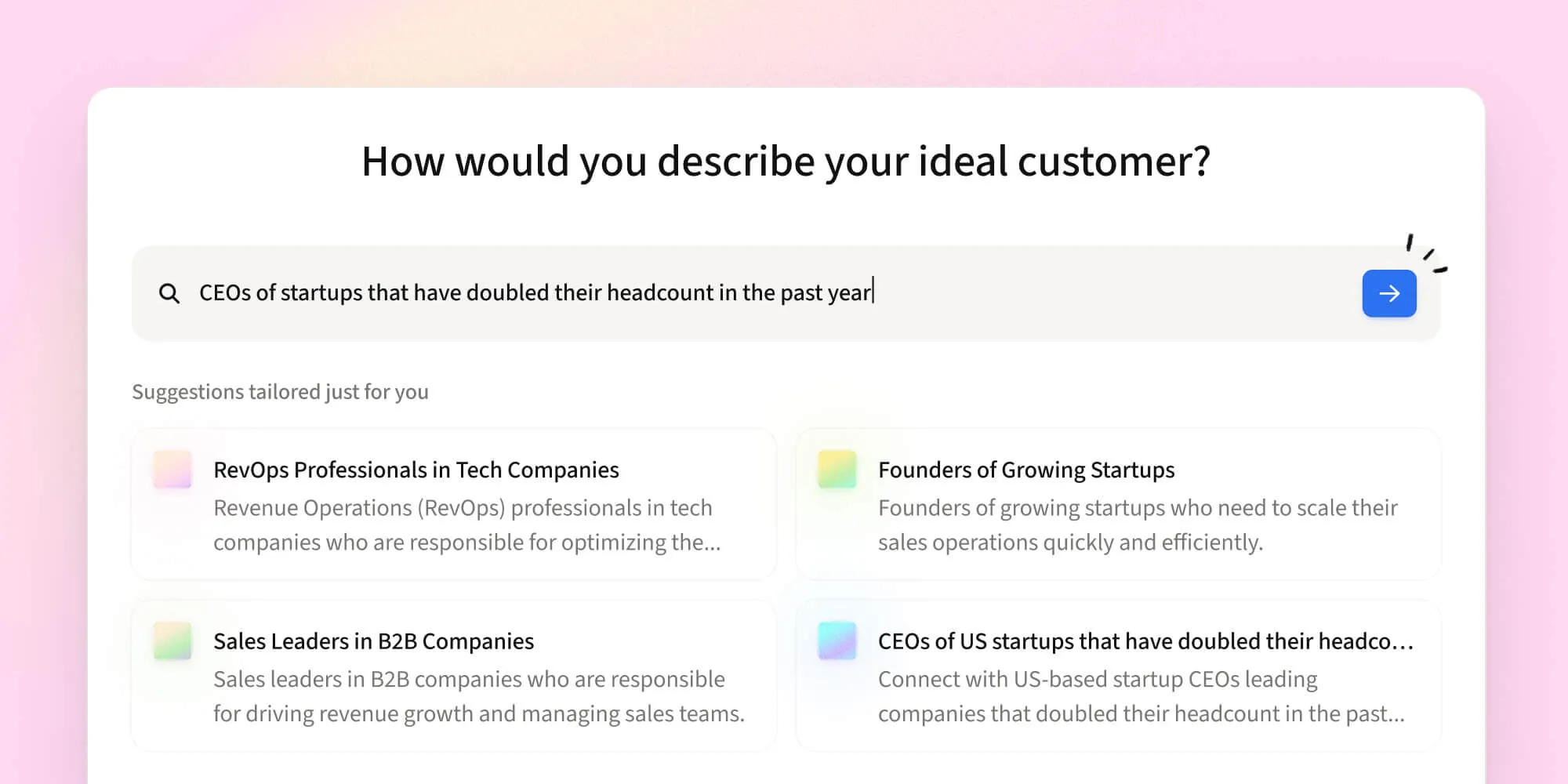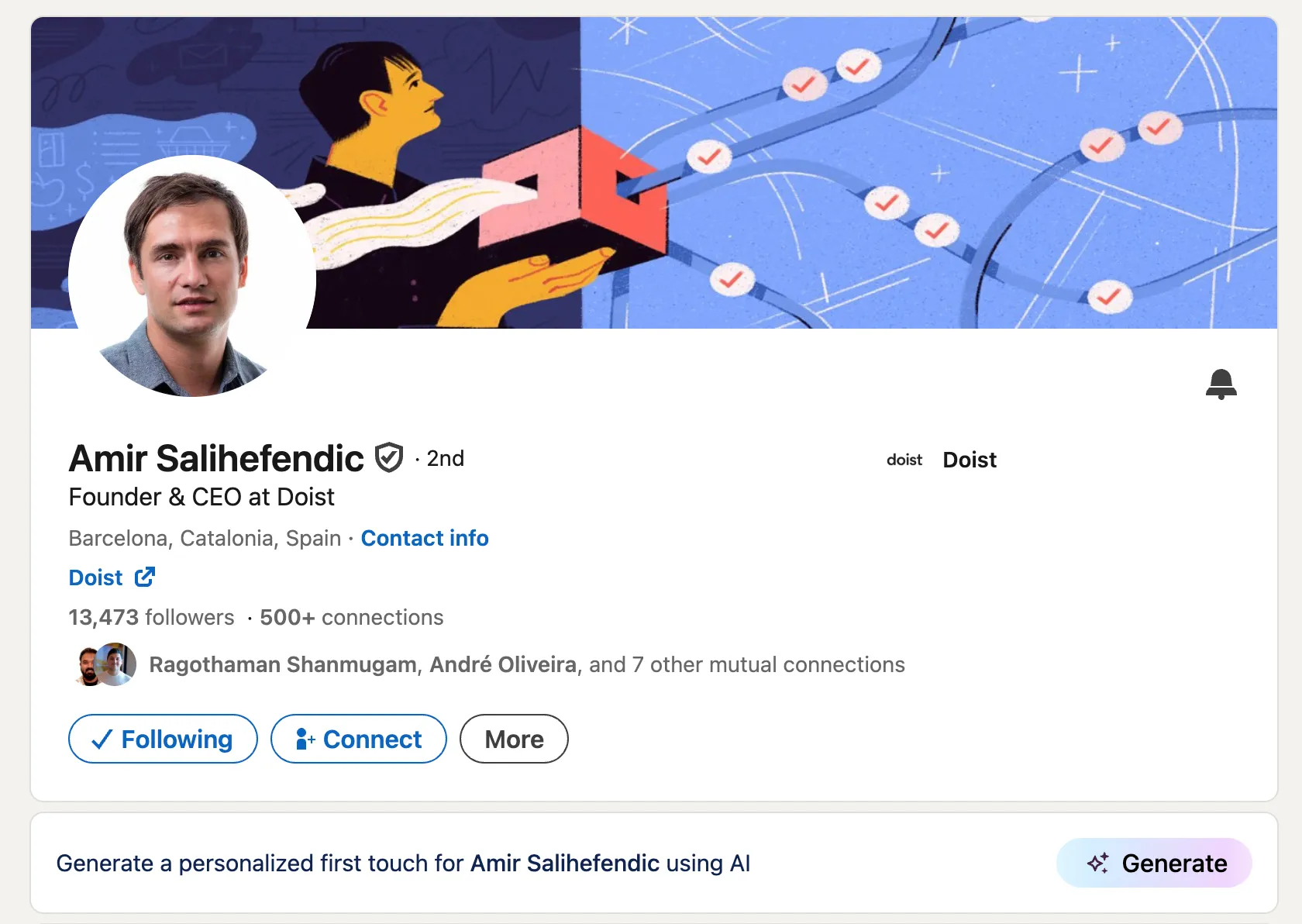LLM work modes
I spent quite some time during the past year or so working on LLM-based products and features. And I’ve been increasingly thinking about how to best generalize their different applications and modes of interaction when it comes to generating useful work on our behalf.
Note: This was originally posted as a series of two LinkedIn posts I wrote here and here.
The best generalization of these different modes that I’m currently able to come up with is one where we have 3 different modes in which these LLM-powered flows manifest:
- Natural language builders
- Autocompletes
- Agents
Natural language builders

These are all the flows where users can have the application generate work/artifacts for them based on natural language inputs. LLMs then act as a kind of compiler. They translate high-level instructions into the best they can do with the application primitives that are available to them.
By and large, I don’t think this mode of interaction scales beyond the first few interactions of the user with the application. But it’s still such an underrated onboarding and user education mechanism! Especially for more complex software experiences. Where users might know the jobs they want to get done with the tool, but struggle to materialize their mental models into the application’s building blocks.
They might end up having a sub-optimal experience thinking that a specific flow could not fully address their job to be done, when in fact the failure mode was that they failed to discover the tools that were at their disposal.
I see a lot of potential in LLMs and text-based interfaces to break these barriers to entry and accelerate activation by doing a better job at educating users on how to make the most out of the products they are using.
A few good examples of this that I’ve seen in the wild so far:
So far at Amplemarket, we’ve mostly focused on “autocompletes.” I’d be lying though if I didn’t tell you that we have a few experiments running that add “natural language builders” to some of our flows :) And these are all flows that have a super high ceiling for what’s possible to accomplish, but they also have a high enough barrier to entry. And this is precisely where “natural language builders” shine.
Update: This ended up becoming our AI Search experience, which launched in 2025.
Autocompletes

A few months ago Sequoia wrote a blog post where they argued that Gen AI would need to enter a second act. It’d have to evolve from apps that did a good job at demonstrating LLM’s capabilities, but lacked lasting value. Solutions would have to become more comprehensive, embed in user’s workflows, and solve problems end-to-end with better outputs.
And it did. Most Act 1 products had unsustainably high churn rates. We all tried some of these products but few of them ended up making it to our daily workflows. Act 2 products solved this problem by building on top of two key insights about end users of B2B software: a) they prefer to curate rather than build; b) they don’t have time for solutions that don’t meet them where they are, that don’t cohabit their existing workspaces.
These are the two key success factors of all autocomplete-like LLM products or features. The main drivers of the solutions “winning” the retention game of this second act.
If you’ve reached this far, you’ve probably realized that by “autocompletes” I mean more than just the “simple” next word suggestions we get in most writing tools. I mean autocompletes in a more abstract and comprehensive sense. I mean any software experience that is automatically generating relevant tasks or entire pieces of work on behalf of the user. Work that gets presented to them in the context of their existing workflows. Just in time. Full of smart defaults that make it easy for anyone to act more as an editor, rather than having to build everything from scratch (or even prompt an AI to do so).
A few good examples:
- Our dear AI Copywriter and AI Replier at Amplemarket. Two products that, when users need them, work behind the scenes to take advantage of rich data context on the user and on the actions they want to get done, in order to generate high quality sales emails or handle tough prospect replies.
- Rows.com’s AI Analyst automatically extracting insights and recommended deep dives based on your own data
- And at its purest form, naturally, GitHub Copilot’s AI autocomplete.
Agents
The beauty of autocompletes is that they usually start as AI-generated, human-verified flows. But depending on how prone these flows are to automation, and how much quality and consistency can be baked into the AI outputs, we can have them go up one level in terms of autonomy, and become more self-driving, agent-like.
Which brings me to the third mode — agents — something I’ll probably only write more about when I have more concrete examples and insights from a few experiments we’re currently considering at Amplemarket :)
Update: No post about agents yet, but we already launched one of the experiments we were working on at the time of writing this post — Duo Copilot.